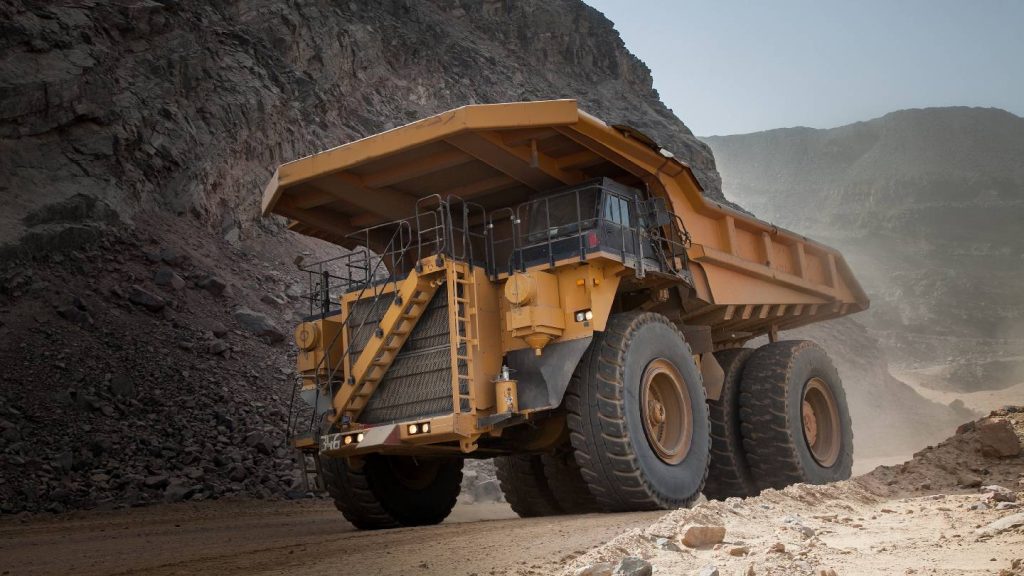Canadian firm American Lithium has increased its investment in Peru’s Falchani lithium project by 22%, bringing the total commitment to $847 million following a favorable ruling by Peru’s Supreme Court in a critical legal dispute.
The court unanimously rejected claims from Peru’s mining regulators INGEMMET and MINEM regarding ownership of 32 mining concessions held by American Lithium’s subsidiary, Macusani Yellowcake, removing a significant legal obstacle to the project&
...
Canadian firm American Lithium has increased its investment in Peru’s Falchani lithium project by 22%, bringing the total commitment to $847 million following a favorable ruling by Peru’s Supreme Court in a critical legal dispute.
The court unanimously rejected claims from Peru’s mining regulators INGEMMET and MINEM regarding ownership of 32 mining concessions held by American Lithium’s subsidiary, Macusani Yellowcake, removing a significant legal obstacle to the project’s advancement.
Macusani Yellowcake general manager Ulises Solis confirmed that the additional funding will support construction of a refinery at the project site in Peru’s Andean region of Puno. With the legal hurdles cleared, the company has revised its timeline, with construction now scheduled to begin in 2027 and production of battery-grade lithium carbonate expected to start after 2028.
“This ruling provides the certainty we needed to move forward with our investment plans,” said a company spokesperson. “The Falchani project represents a significant opportunity not just for our shareholders but for Peru’s position in the global lithium market.”
The company is now actively seeking investment partners both within Peru and internationally, with particular interest coming from German investors looking to secure lithium supply chains for Europe’s expanding electric vehicle manufacturing sector. Peru’s mining minister is scheduled to meet with American Lithium shareholders on October 7, 2025, to discuss the project’s development trajectory and the government’s support framework.
Located on the Macusani Plateau in the province of Carabaya, the Falchani site ranks as the sixth-largest hard rock lithium deposit globally, positioning it as a potentially significant contributor to the world’s lithium supply at a time when demand for the metal continues to surge due to electric vehicle battery production.
A preliminary economic assessment completed in March 2020 highlighted the project’s robust economics and longevity, projecting annual production of approximately 63,000 tonnes of lithium concentrate over a 33-year mine life. The base case capital expenditure was initially estimated at $1.97 billion over the project’s lifespan, though the recent investment increase suggests costs may have risen amid global inflationary pressures affecting the mining sector.
The development comes as global lithium prices have shown volatility in recent years, with significant price corrections following the 2022 peak. However, long-term demand forecasts remain strong as automakers and governments worldwide commit to electrification targets that will require substantial lithium supplies.
In 2023, American Lithium received additional exploration licenses from the Peruvian government, allowing it to expand its search for lithium reserves in areas adjacent to its current operations. This expansion of exploration rights aligns with the company’s strategic vision to establish a major lithium production hub in southern Peru.
The Falchani project represents part of Peru’s effort to diversify its mining sector, traditionally dominated by copper production. The country has been working to capitalize on its lithium potential as part of a broader strategy to participate in the electric vehicle supply chain and attract investment in higher-value processing capabilities rather than simply exporting raw materials.
For Peru, the project offers potential economic benefits including job creation, tax revenue, and infrastructure development in a region that has historically seen limited industrial investment. Local communities in the Puno region will be watching closely as the project advances, with expectations for employment opportunities and community development initiatives.


